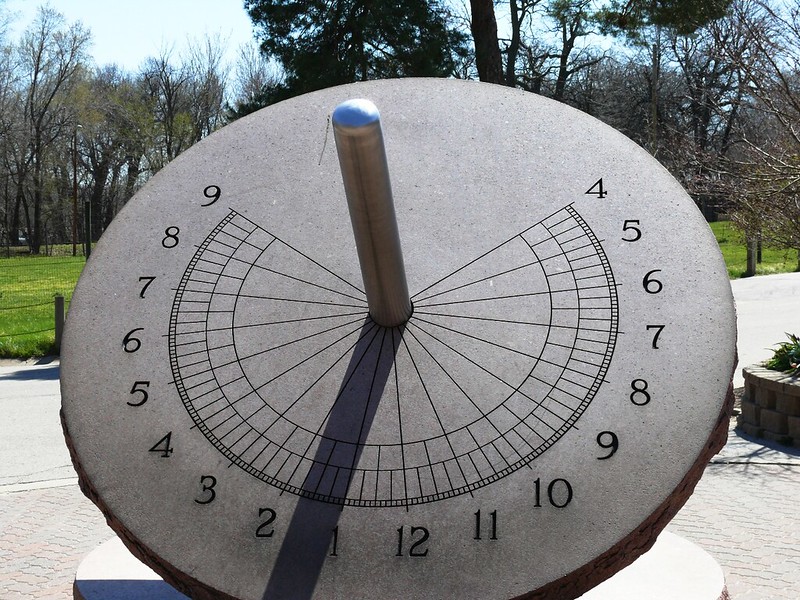Set back, stay back
Daylight saving time should come to an end
Daylight savings time tradition should not be continued because of poor health effects.
Twice a year, every year, the clocks get set back and sprung forward, ruining the sleep schedule and internal clock of every American. Daylight saving time (DST) starts on the second Sunday in March and ends on the first Sunday in November, with the time changes taking place at 2 a.m. This year, those dates were March 14 and Nov. 7.
According to the National Institute of Science and Technology (NIST), daylight saving time “has the effect of creating more sunlight hours in the evening during months when the weather is the warmest.” Daylight saving time was first adopted by Germany during World War I. Many other countries soon took on the idea and used it as a way to save coal and energy by adjusting the clock to get better use of the daylight.
Livescience.com stated that, “Though President Woodrow Wilson wanted to keep daylight saving time after WWI ended, the country was mostly rural at the time and farmers objected, partly because it would mean they lost an hour of morning light (It’s a myth that DST was instituted to help farmers).”
After that, daylight saving time was abolished and not used until the next war brought it back into action. At the start of World War II on Feb. 9, 1942, President Franklin Roosevelt re-established daylight saving time year-round again to save energy, but this time calling it “War Time.”
After the war, the country was a free-for-all with daylight saving time, allowing states and towns to choose whether or not to use the system. That was until 1966 when Congress passed the Uniform Time Act. The Uniform Time Act made all states who chose to use the daylight saving time system follow a government regulated system. Although the system was great and was necessary during war time when the country needed to save fossil fuels to keep the country running, America is not in those times anymore. The United States is at the point as a country where there is no benefit of this outdated system and is only left with cons. Some of those cons are very serious.
The Sleep Foundation listed some cons from the transitions from daylight saving time back to the normal schedule in November as, “In addition to sleep loss, people are at greater risk of mood disturbance, suicide, and being involved in traffic accidents during both bi-annual transition periods.”
The Sleep Foundation also stated that, “Some studies have suggested that the human body never fully acclimates to DST. Rather, the circadian misalignment becomes a permanent and chronic condition.”
This can have effects such as a higher risk of obesity, depression and cardiovascular disease.
With the great number of health risks and effects that sleep and time distortion can have on people, it’s not worth it for the government to keep DST. Many states are already coinciding or trying to pass bills to end DST across the country. The government should take this as a sign and end it once and for all.



